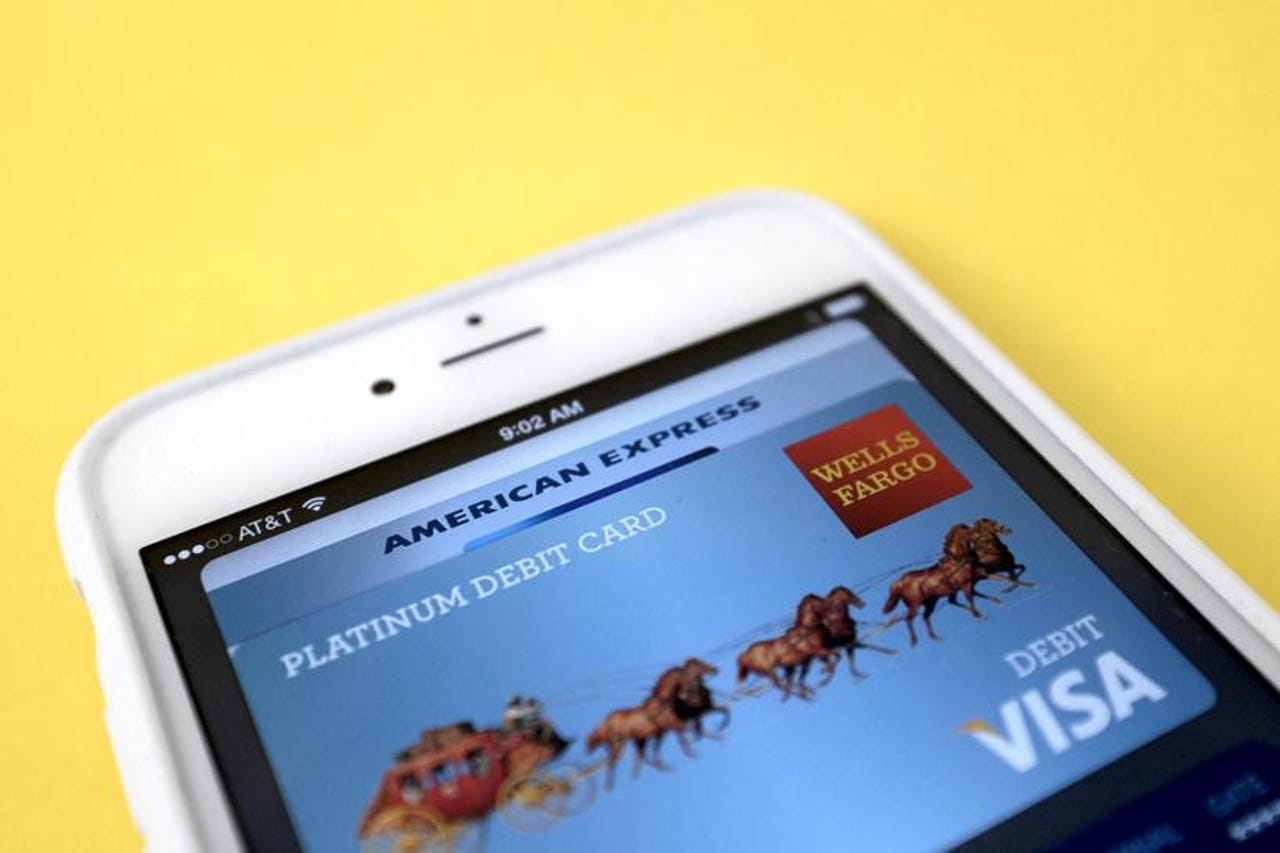Apple Pay is ahead of the pack, but pay-by-iPhone is still limited


Apple's pay-with-your-iPhone service Apple Pay is well ahead of its rivals, but adoption of the concept by consumers remains limited.
Fintech analyst Juniper Research estimates that the number of users of Apple Pay, Samsung Pay, and Android Pay will exceed 100 million for the first time during the first half of this year and hit 150 million by the end of this year.
Juniper forecasts the number of users will reach 500 million by 2021, with such services becoming the primary contactless mechanisms of choice in the US. The analysts said that the challenge facing Apple and its rivals is to ensure that the infrastructure is in place for consumers to make in-store payments: only a third of US retailers currently support Apple Pay.
"We believe that as contactless usage gains traction and consumers/merchants recognise the speed and convenience it offers, then, as in European markets, there will be a further and significant increase in availability at the point-of-sale", added research author Nitin Bhas.
What's in it for the consumer?
Although Apple Pay has now been around for several years, consumer adoption remains deeply underwhelming.
Smartphone makers are interested in mobile payments because they can potentially receive a cut from transactions, and gather more data about their customers' behaviour.
But there's little incentive for consumers to use these services. For one thing, shoppers are mostly happy with the credit cards they already use, which don't require a charged battery to work. Consumers also worry about the complexity and security of mobile payments.
Gene Munster at Loup Ventures said in a recent research note that he estimates about 13 percent of active iPhones have activated Apple Pay, rising to 30 percent of new iPhones.
Actual usage data is even harder to come by, but Munster notes that Apple itself reported that transactions were up nearly 500 percent year on year in its September 2016 quarter.
Until smartphone makers come up with a compelling reason for consumers to make the switch to mobile payments, these services will remain one of their handsets' rarely used features.
Read more on Apple Pay
- Wells Fargo plans to accept Apple Pay for cardless ATM transactions
- My first (belated) payment with Apple Pay: Wow, this really does change everything
- Banking cartel calls Apple Pay alternatives 'unrealistic' in Australian market
- Westpac skirts Apple with launch of Samsung Pay
- Apple Pay dominates mobile payments, and it could change retail forever (TechRepublic)
- Apple adds new banks to its list of Apple Pay partners (CNET)